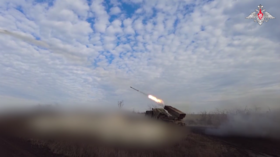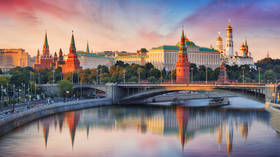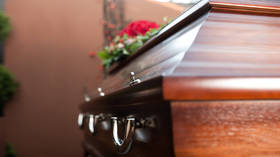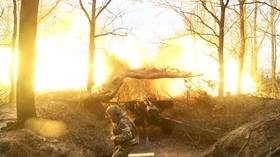US aimed to nuke civilian populations in enemy cities during Cold War – declassified document
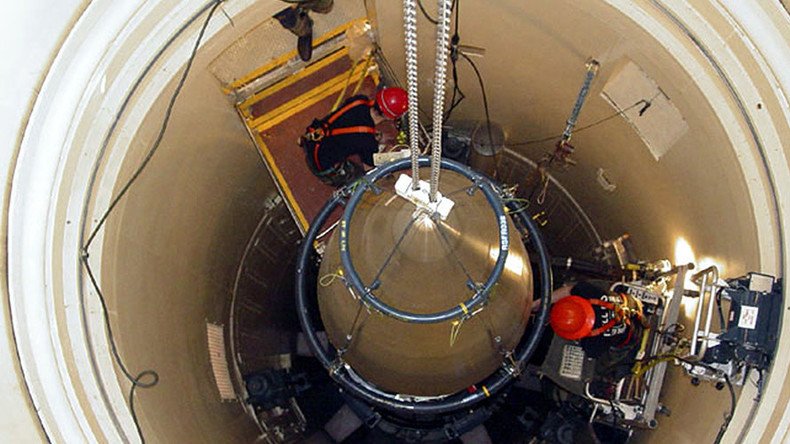
A newly released Cold War-era list of nuclear targets shows the US planned to inflict “systematic destruction” on enemy cities and target the “population” of those areas. It is the most comprehensive Cold War nuclear target list to become declassified.
The Strategic Air Command (SAC) Atomic Weapons Requirements Study for 1959, produced in June 1956, was published by the National Security Archive on Tuesday.
Totaling almost 800 pages, the document details targets in over 1,200 cities, including Moscow, Beijing, and Warsaw. The list for each city contains details on targeting the population, along with industrial and infrastructural targets.
Moscow and Leningrad were marked as priority one and two, respectively. Moscow had 179 Designated Ground Zeros (DGZs), while Leningrad had 145, in addition to “population” targets. In both cities, the list identified air power installations such as Soviet Air Force command centers, which the US would have demolished with thermonuclear weapons early in the war.
The document also includes lists of more than 1,100 airfields in the Soviet bloc, with a priority number assigned to each base. The Soviet bomber force was the highest priority for nuclear testing, and the list labels Bykhov and Orsha airfields, both located in Belorussia, as priority one and two, respectively. Medium-range Badger (TU-16) bombers, which would have posed a threat to the US and NATO allies, were present at both bases.
Soviet airfields were to be targeted with bombs ranging from 1.7 to 9 megatons, which were capable of inflicting heavy damage. The US also hailed the necessity of a 60-megaton bomb (4,000 times larger than the Hiroshima bomb's 15 kilotons), which was capable of delivering “significant results” in the event of war with the Soviet bloc.
The National Security Archive, based at George Washington University, obtained the nuclear target list through the Mandatory Declassification Review (MDR) process.



